Raised bed HugelKulture?
CEFreeman
9 years ago
Related Stories

GARDENING GUIDES8 Materials for Raised Garden Beds
Get the dirt on classic and new options for raised vegetable and plant beds, to get the most from your year-round garden
Full Story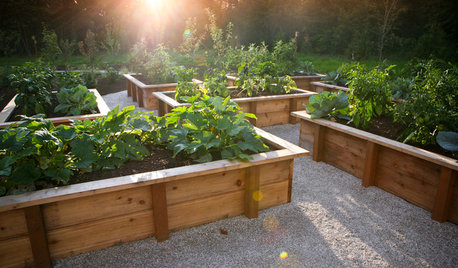
GARDENING AND LANDSCAPINGRaised Beds Lift Any Garden
From good old-fashioned wood garden boxes to modern metal troughs, raised beds can make any landscape space look great
Full Story
GARDENING AND LANDSCAPINGBuild a Raised Bed to Elevate Your Garden
A bounty of homegrown vegetables is easier than you think with a DIY raised garden bed to house just the right mix of soils
Full Story
SPRING GARDENINGInspiring Raised Beds for Fall and Spring Planting
Make Your Next Vegetable Garden Even Better with Beautiful Boxes and Paths
Full Story
FARM YOUR YARDHow to Build a Raised Bed for Your Veggies and Plants
Whether you’re farming your parking strip or beautifying your backyard, a planting box you make yourself can come in mighty handy
Full Story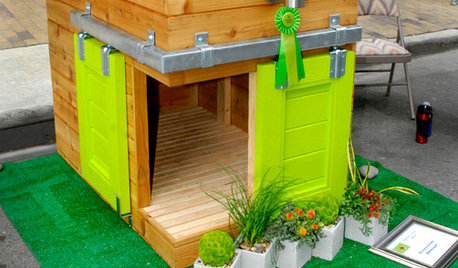
PETSRaise the Woof: Doghouses Delight at Barkitecture 2012
Designs at an annual Austin fundraiser are whimsical, practical and downright luxurious — no bones about it
Full Story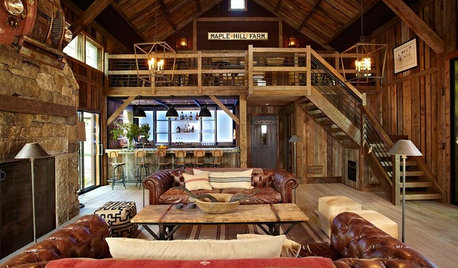
BARN HOMES12 Bar-Raising Barns
Homeowners make hay out of renovated, reclaimed and newly raised outbuildings
Full Story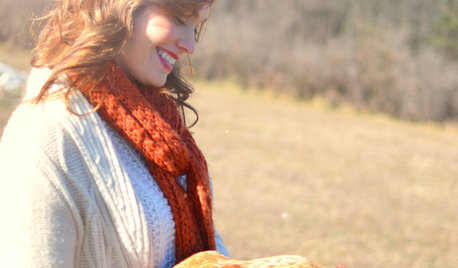
GARDENING AND LANDSCAPINGRaise Backyard Chickens Without Ruffling Neighbors' Feathers
Before you build a coop in the backyard, follow these strategies to help keep your neighbors from squawking
Full Story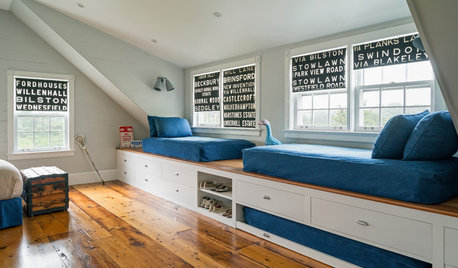
WINDOW TREATMENTSRoller Shades Raise the Curtain on Style
The humble window treatment is stealing the scene with fresh patterns, color and pizzazz
Full Story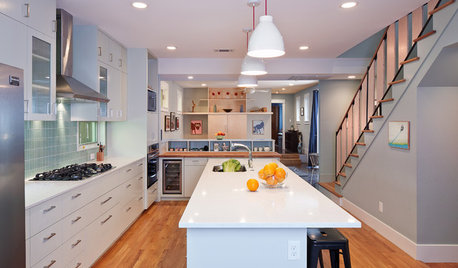
HOUZZ TOURSHouzz Tour: A Radical Reconstruction Raises an Austin Home
With a new second floor and some room swapping downstairs, this 1935 Texas bungalow now fits an architect and his family beautifully
Full Story





klem1
CEFreemanOriginal Author
Related Professionals
Canton Landscape Architects & Landscape Designers · Seabrook Landscape Architects & Landscape Designers · Tomball Landscape Architects & Landscape Designers · Concord Landscape Contractors · Medford Landscape Contractors · Petaluma Landscape Contractors · Woodbury Landscape Contractors · North Hills Landscape Contractors · Annapolis Siding & Exteriors · Waukesha Siding & Exteriors · Alafaya Solar Energy Systems · Frankfort Solar Energy Systems · Maplewood Solar Energy Systems · Norton Solar Energy Systems · Yucca Valley Solar Energy SystemsHobHoggins
CEFreemanOriginal Author
greenleaf_organic
CEFreemanOriginal Author
KGR.
greenleaf_organic
zzackey